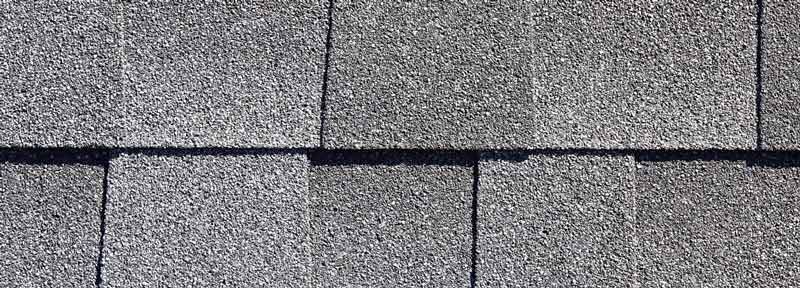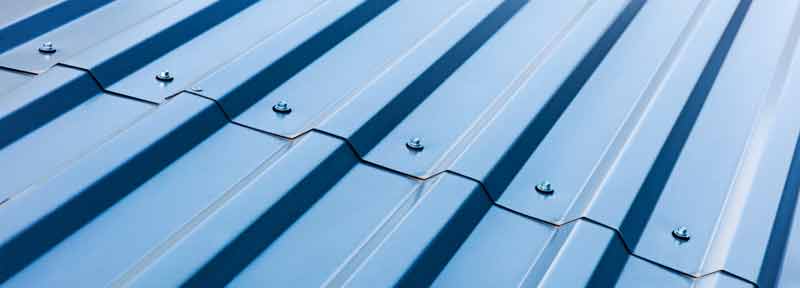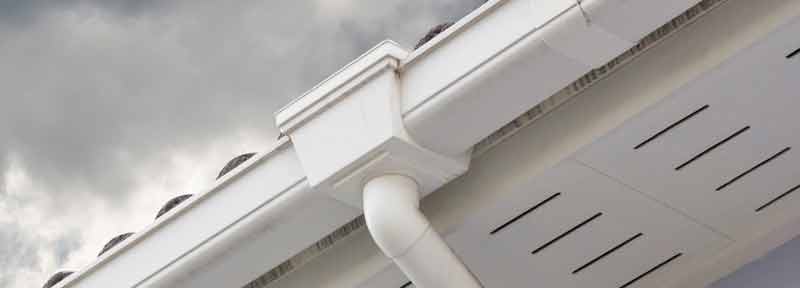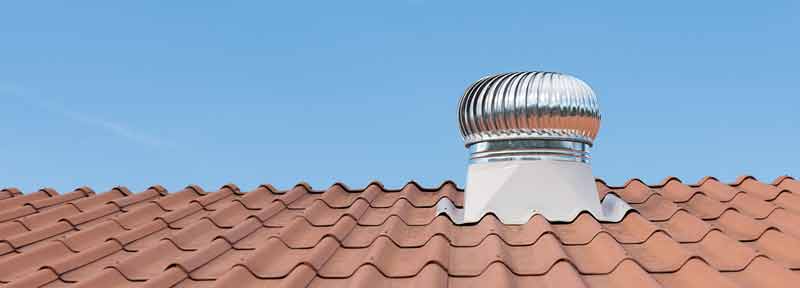The Roofing Pros
Roofing Services
RESIDENTIAL ROOFING

asphalt shingles
Asphalt shingles are a type of roof shingle that uses asphalt for waterproofing. Asphalt is the most widely used roofing shingle for residential homeowners because they have an inexpensive up-front cost and are fairly simple to install.
They also have the most color options and styles available from multiple manufacturers. Most shingle manufacturers on market comes with a limited lifetime warranty at install. HD Roofers are certified installers for the top shingle manufacturers.

STANDING SEAM METAL ROOFS
Standing Seam Metal Roof is more expensive than that of asphalt shingled roof. A percentage of the costs can be recouped if you plan on staying in your house for a long period of time. Asphalt roofs will likely need replacing every 15-20 years. Metal roofing can last a lifetime.
Metal Roof offers low maintenance, energy efficiency and array of colors. Residential metal roofing is primarily made of steel or aluminum.
COMMERCIAL ROOFING

asphalt shingles
Asphalt shingles are the most common in steep slope commercial buildings.
Asphalt shingles are the most cost effective roofing system for commercial buildings with a wide variety of shapes, designs and colors.

METAL ROOFING
Metal roofing can last a lifetime. Metal Roof offers low maintenance, energy efficiency and array of colors.
Commercial metal roofing is primarily made of steel or aluminum.
CONSTRUCTION SERVICES

SEAMLESS GUTTERS
Whether you need an entire gutter system or leaf protection only, HD Roofers can help.
During the consultation, we’ll cover the benefits of custom rain gutters and gutter protection, show color samples and help find a solution to fit your budget.

VENTILATION SYSTEMS
Proper attic ventilation consist of a balance between air intake at your (eaves or soffits) and air exhaust (at or near your roof ridge).
The federal Housing Administration recommends a minimum of at least 1 square foot of attic ventilation (both intake and exhaust) for every 300 square feet of attic space.

